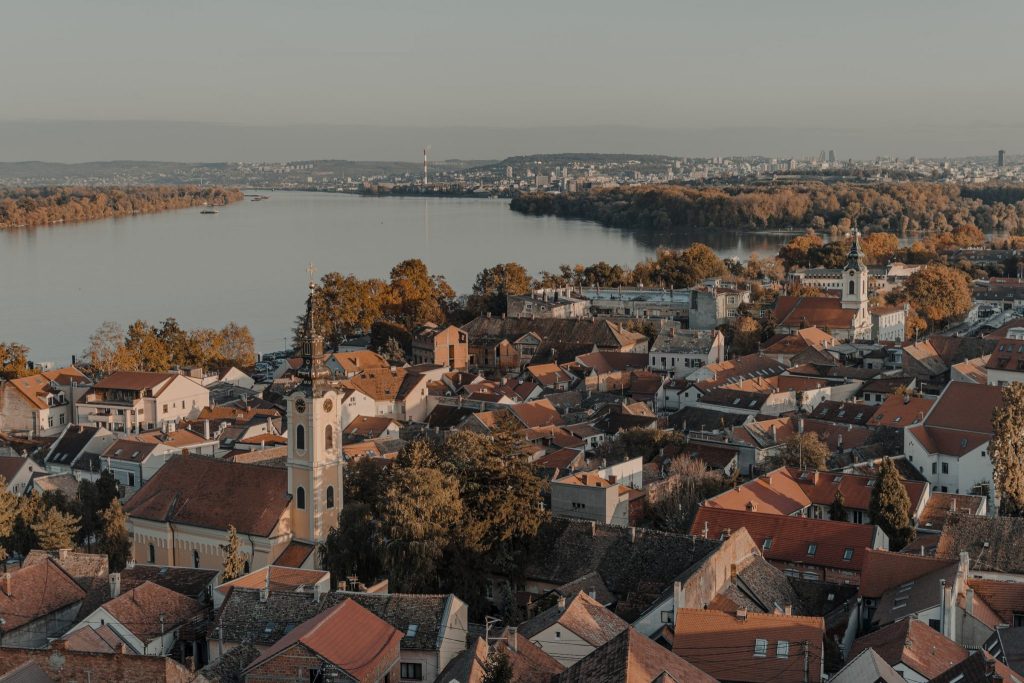Europe’s tourism industry has been showing signs of recovery, with some countries exceeding pre-pandemic levels in early 2024. Southern European destinations like Serbia, Türkiye, and Malta have seen significant growth in international arrivals, with Serbia leading the pack with a 46.9% increase since 2019. Malta’s appeal to North American travelers has also increased, with a 35% rise in U.S. visitors in 2023. Visa restrictions in other parts of Europe have limited Russian travelers, but easy access to destinations like Türkiye and Serbia has helped boost tourism in those countries.
In Western Europe, France and Germany are gearing up for major sporting events, which are expected to drive tourist expenditure for the year. However, Monaco has struggled to attract visitors from certain markets while seeing growth in arrivals and overnights overall. Factors like the conflict in Eastern Europe and the recovery of Asian outbound markets have affected Monaco’s tourism industry. Germany, on the other hand, has faced challenges with air traffic due to flight cuts during the pandemic, but the UEFA European Championship could bring a positive shift in the country’s tourism sector.
In Central/Eastern and Northern Europe, countries like Bulgaria, Latvia, and Finland have shown varying levels of recovery in their tourism industries. Bulgaria, in particular, has had a strong start to 2024 and benefits from favorable winter and summer seasons. Latvia continues to attract interest from the U.S. and Brazil markets, despite the impact of the Russia-Ukraine war on neighboring countries. Overall, these regions are experiencing recovery at different rates, with some countries still struggling to regain pre-pandemic levels of tourism activity.
The European Travel Commission report highlights the importance of sun, savings, and sports in driving Europe’s tourism recovery. Warm weather and moderate climates in Southern European destinations have made them attractive for travelers looking for affordable options. The digital nomad program in Malta has also contributed to its increasing popularity among American and Canadian tourists. As major sporting events approach in France and Germany, tourist expenditure is expected to rise, particularly in food and beverage categories due to inflation.
Despite the challenges faced by some European countries in recovering from the pandemic, the overall outlook for the tourism industry in Europe is positive. With innovative programs, favorable weather conditions, and major events on the horizon, many countries are seeing encouraging growth in international arrivals and overnights. As Europe continues to navigate the post-pandemic landscape, focusing on sun, savings, and sports will be key to further driving the recovery of the tourism sector across the continent.















